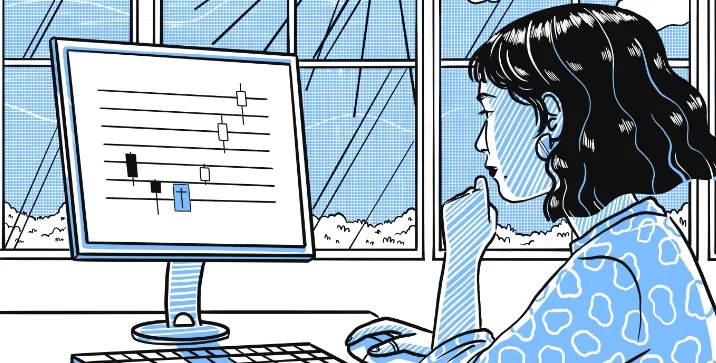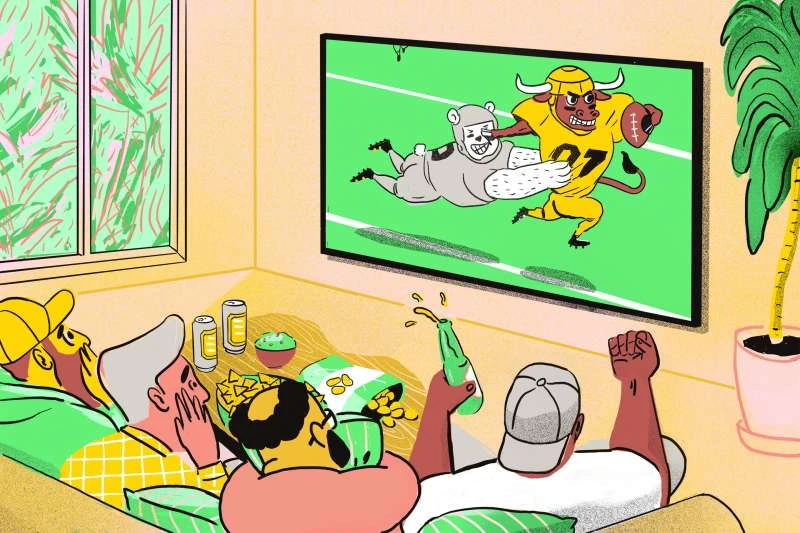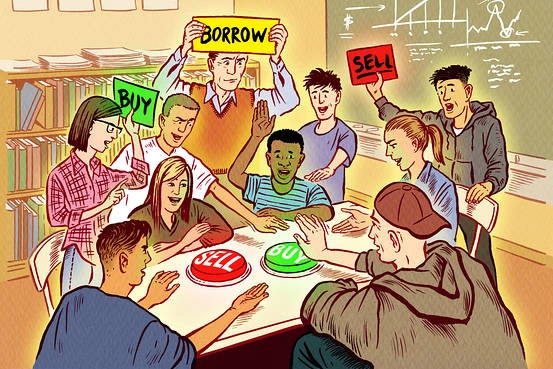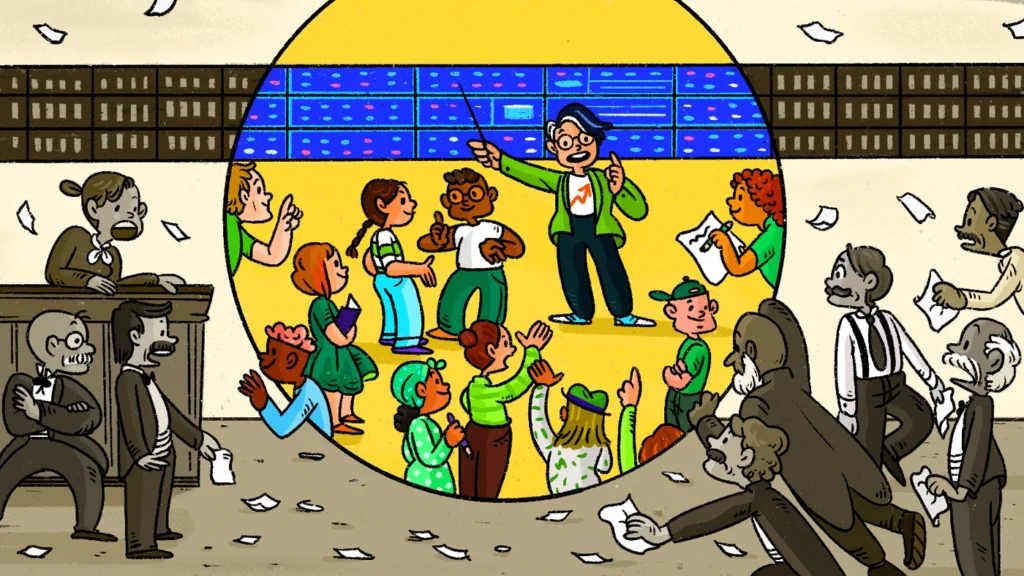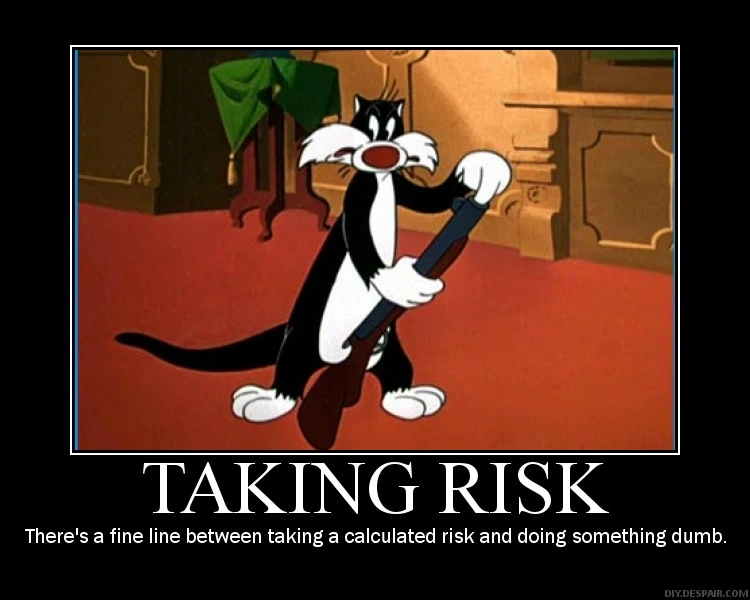Psychology and Risk Management
• What to expect
• Risks
• Position sizing
• illusion of control
• Accepting critisism
• Paralyzed by fear
• Loss is a feedback, not a failure
• The flexible trader
• Focusing on the positive
• Short straddle
• The dynamics of greed
• The herd mentality
• Notes
Forward Thinking
According to a great psychoanalyst named Fritz Perls, when people dwell on and consider their past transgressions or worry about the future, they experience anxiety and terror. When someone has a peak performance mindset, they concentrate on the ongoing action and the present moment. The more present-focused you can be and the less you focus on the past or the future, the more successful your trading will be.
The sensible person takes lessons from their errors. We’ve repeatedly heard this wise counsel. There is some validity to it.
It would be stupid to repeatedly touch a hot stove or to not study for your driver’s exam and end up failing. It is also sage to plan your trades thoroughly and control your risk when trading. There are some general rules of thumb that are wise to abide by; if you must learn them for yourself, do so only a few times, and then do as is advised. In fact, there are times in life when it is beneficial to take a lesson from a mistake or from the faults of others. But sometimes there isn’t a lesson to be learned, and we over-analyze the situation and keep thinking about it endlessly, trying to figure out what it all means.

If every situation we encountered were exactly the same, it would be good to analyse all previous occurrences in-depth and determine what went wrong in order to prevent making the same error in the future. However, two events are rarely alike. There is no one right method to ask a possible romantic partner out on a date, for instance. Due to individual differences, what works for one person may not be effective for another. There is no ideal approach, thus there is no point in looking for one.
The same holds true for trading. The state of the market is never the same. The most you can do is try to guess what is happening, put a trading plan in place, and see whether it works. You’ll benefit if the correct circumstances just so happen to exist. If the prerequisites weren’t met, there was nothing you could have done to change the situation. Simply acknowledge that nothing is certain, accept the result, and go on. But if you think about it, you won’t learn much. Simply put, you’ll feel horrible about yourself and can begin to develop inhibitions and self-doubt, which will ultimately undermine your efforts.
It is preferable to consider the future when trading. Think kindly, pick up as much experience as you can, and advance. Avoid dwelling on the past and searching for mistakes. Worrying will only waste your time when you could be trading and developing the abilities you need to regularly and profitably trade.

